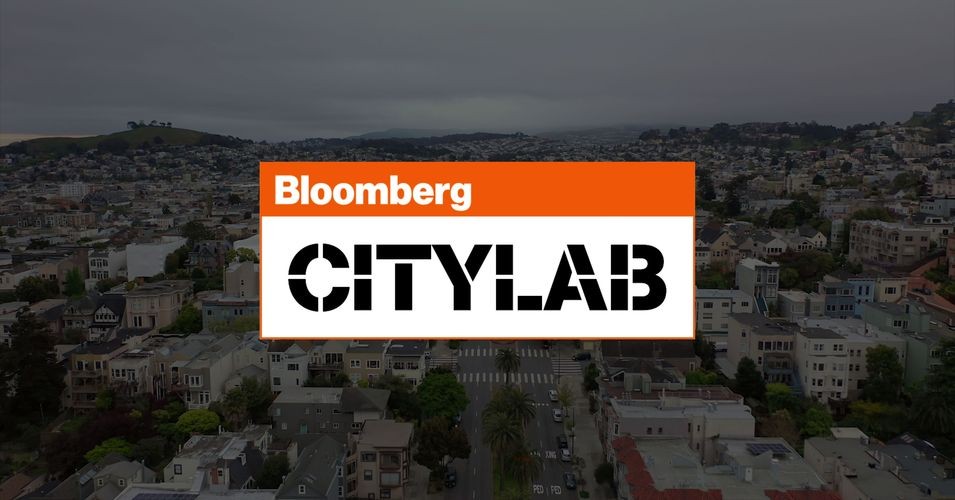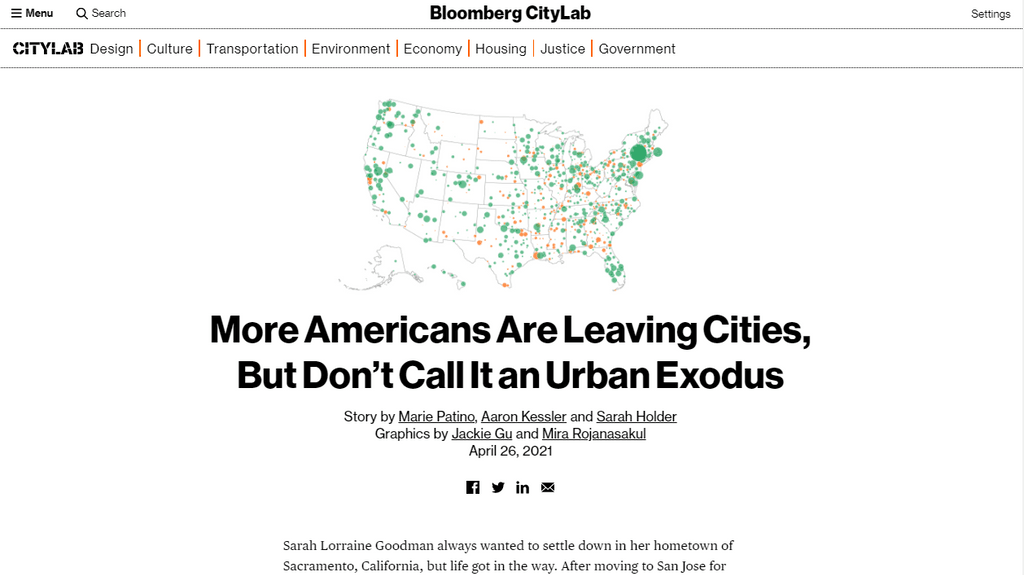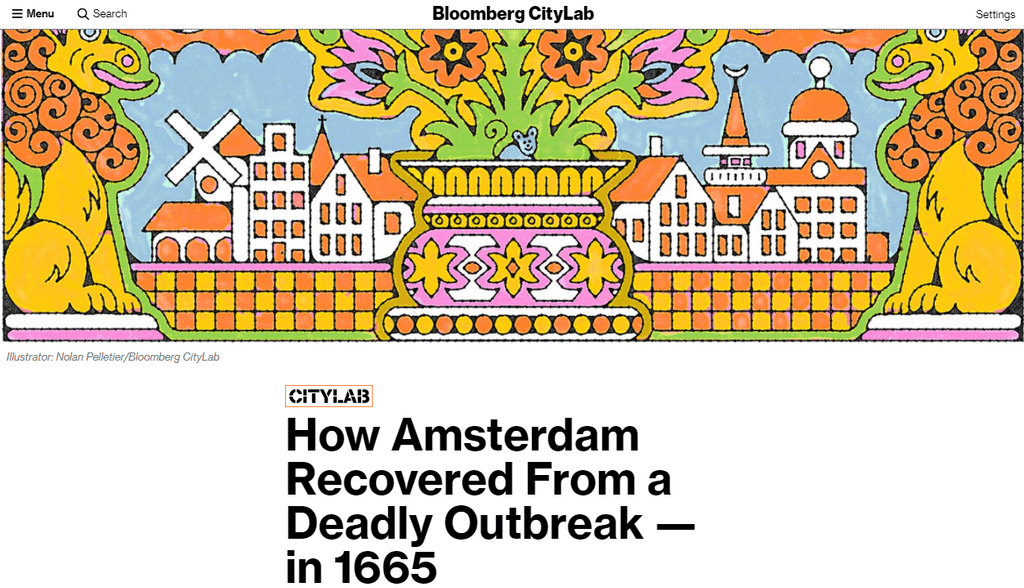May 10, 2021
In the past year, lives around the world have been turned upside down, with long-lasting impact across our economies, societies — and especially, cities. Yet time and time again through moments of crisis, cities have also proven to be the birthplace of the innovation that propels recovery. Today, cities are doubling down on new ideas at a record pace, in direct response to ongoing challenges from Covid to climate change to social justice.
Since becoming part of Bloomberg in 2020, CityLab has been committed to covering these stories, exploring the novel solutions arising from the challenges cities have faced and connecting the dots from housing and transportation to culture and the environment. Backed by a global newsroom across more than 120 bureaus worldwide, the site has expanded its international coverage, original reporting and visual, interactive graphics in its first year. It has also introduced a new video series on the Bloomberg Quicktake network that brings stories on how cities work, the challenges they face and the solutions they need to streaming and social audiences.
Watch: Bloomberg CityLab
Bloomberg CityLab will continue to grow in year two, which is supported by sponsorship from Ford Motor Company. Explanatory journalism, in-depth analysis and global reporting will track how cities around the world are seeking to move forward, even as challenges remain.
One aspect of that, for example, will be examining transformational infrastructure projects, a topic that aligns with Ford’s commitment to help build a better world. With the conversation on infrastructure widening around the world to encompass topics well beyond roads and bridges, how cities design, fund, and implement new strategies will have both near-term and lasting impact across borders.
The future of cities is also deeply interconnected with the future of the planet. “When we look at infrastructure, we’re also looking through the lens of equality, and of the environment,” said Jennifer Sondag, the executive editor of Bloomberg CityLab. “There’s a lot of overlap, and in year two that’s going to influence our coverage.”
That holistic approach to looking at recovery and transformation is evident across the site, especially in the unique way it uses data. One recent piece took a richly informative look at what migration patterns within the U.S. over the last year might mean for the future, for individuals as well as for cities and policies. “That’s a good example of looking at the data, talking to people, doing the reporting and putting it together in a very visual way that’s easy to grasp. That’s been our goal and continues to be,” said Sondag.
Read more: Where Americans are Moving
This style of storytelling is resonating with Bloomberg CityLab’s civically-engaged, entrepreneurial audience. Perhaps surprisingly, so is coverage that looks to the past to surface insight for today. One recent article analyzed lessons from Amsterdam’s bounce back from a deadly plague; another delved into how disease outbreaks prompted Paris to create the wide streets the city is now known for. “People gravitate toward these stories, because it resonates with what’s happening now, and what might happen next,” said Sondag.
“We’re entering a new phase, and we’re continuing to cover how cities are evolving as a new balance emerges,” she added. “When the pandemic first hit there were a lot of predictions about what would happen to cities. We relied on facts and data to talk about what was going on, and that served us well. What I’m hearing most now is that the shock of the last year has created opportunities to make big improvements.”
Read more: Bloomberg.com/CityLab
Watch: CityLab on Bloomberg Quicktake
Follow: Twitter | Facebook | Instagram
Subscribe: CityLab Daily, CityLab Most Popular and CityLap MapLap newsletters


